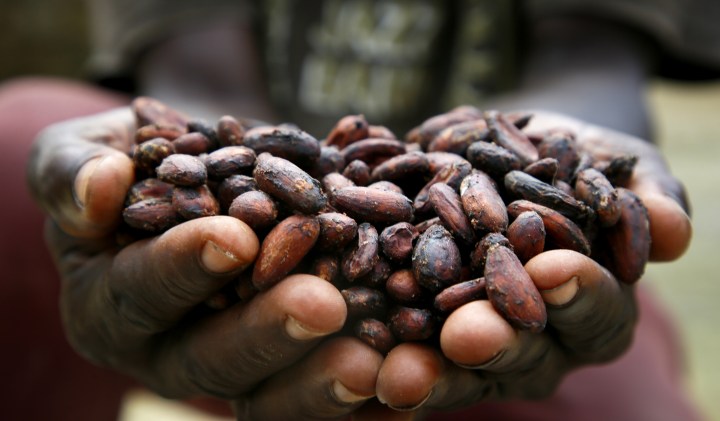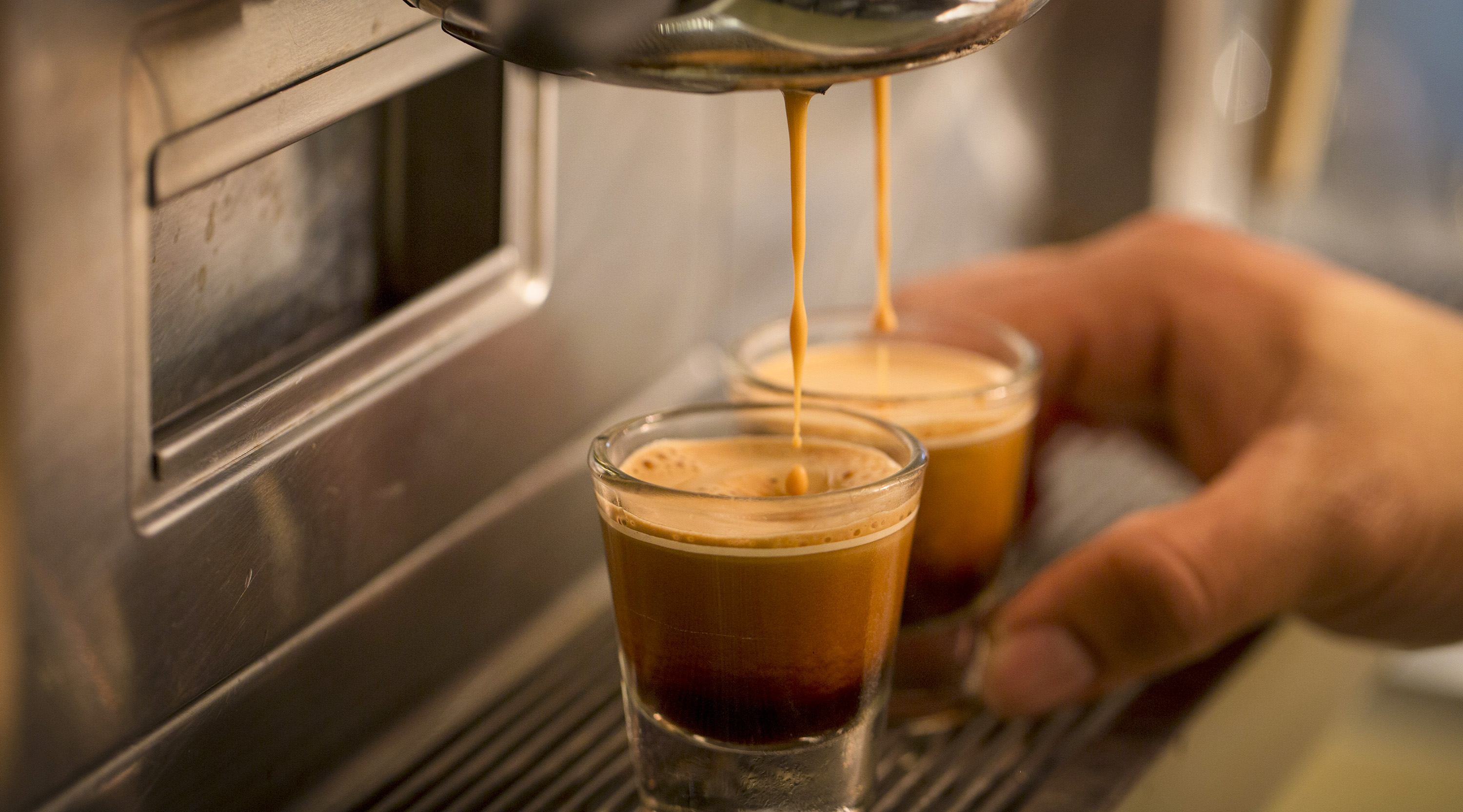BUSINESS REFLECTION
Loaded for Bear: Climate change has triggered a coffee and cocoa conundrum

The prices of cocoa and coffee have been hitting record highs because of shortages triggered by extreme weather in West Africa and southeast Asia. Mostly First World consumers of chocolate and coffee, and small-scale farmers in producer nations, are paying the price for climate change.
The world’s top 10 countries for per capita coffee consumption are all affluent, northern economies, according to the International Coffee Organisation.
Finland is No 1 at 12kg per Finn per year, followed by Norway. Canada is in 10th place at 6.5kg annually, driven in part by my homeland’s love affair with the Tim Hortons coffee chain – an affection this dark-roast Starbucks/Seattle snob does not share.
The US is by far the biggest single consumer of coffee, but on a per capita basis it does not make the top 20.
In terms of chocolate consumption, the top 10 on a per capita basis are all European, with Switzerland holding the gold medal. The average Swiss consumes 8.8kg of chocolate per year.
With both cocoa and coffee prices scaling record highs this year, it’s obvious that chocolate and coffee lovers are going to be paying a higher price for their fixes.
These record prices have been triggered by extreme weather linked to anthropogenic climate change, which the world’s industrialised economies have historically been most responsible for because of their CO₂ emissions.
I’m not suggesting this is a case of just deserts – or in this case, desserts.
The point is that this surge in prices for the commodities is – from the vantage point of consumers – largely a #FirstWorldProblem, and climate change has historically been a #FirstWorldCause, though China and India are now the biggest and third-biggest CO₂ emitters.
But for many small-scale farmers in West Africa, the situation will be ruinous as the source of their livelihood withers and dies. This is one of the frontlines of the climate crisis.
To wit, cocoa prices shot past $10,000 per tonne at the end of March and are now about four times higher than they were this time last year. And prices are expected to be elevated for a long time.
Ivory Coast and Ghana account for about 60% of global cocoa production, and the crop in both countries has been devastated both by heavy rains in December and then a drought linked to the El Niño weather pattern.
The previous three cocoa crops have also been poor, making this the fourth season on the trot that it has been sub-par. But this is by far the worst.
Last month, processing plants in Ivory Coast and Ghana halted operations because they could not afford to buy beans, Reuters reported.
The International Cocoa Organisation forecasts that global cocoa production is to fall almost 11% to 4.45 million tonnes this season.
Disease and ageing cocoa trees are compounding the problem. Cocoa trees can only flourish in very select conditions, and climate change may be shrinking the available range.
Small-scale cocoa farmers were hardly flush even before their harvests began failing four years ago. According to a 2020 World Economic Forum report, millions of Ivorian cocoa farmers survive on an average income of only 78 US cents a day, while in Ghana they make only $1 a day.
On the other end of the chocolate supply chain, consumers and retailers are feeling the pinch. Data market research firm Circana says that US retailers raised prices for chocolate products by 11.6% in 2023.
The latest data I could find from Statistics South Africa was that in the 12 months to May 2023, the average price of a slab of chocolate (80g) rose to R20.26 from R17.11 – an annual increase of more than 18%.
And all of this was before cocoa prices rose fourfold in the course of 12 months, so retail prices will be on the boil for quite some time.
As Yasmin Tayag noted in the Atlantic: “Chocolate as we know it may never be the same.”

Coffee pours into espresso glasses at a Starbucks in London. (Photo: Jason Alden / Bloomberg via Getty Images)
Meanwhile, the climate is also wreaking havoc with coffee supplies.
London robusta futures, the global benchmark, recently scaled a record price of $3,948 per tonne.
Robusta beans are used for both instant coffee and espresso, and the biggest producer by far is Vietnam, where searing heat waves have scorched the crop. And this is happening against the backdrop of existing supply issues.
Antonio Baravalle, CEO of Italian coffee maker Lavazza, recently noted a “… challenging macroeconomic landscape marked by a sharp increase in raw material costs”.
“In this inflationary context, our group chose to limit consumer price increases, absorbing part of the cost increases within its margin.”
But companies can only take so much on the chin and consumers can expect to start paying even steeper prices for their coffee – and their chocolate.
Extreme weather events in the cases of both coffee and cocoa are largely to blame for the shortages and record prices, and such events are becoming more common.
This is not good for anyone in these value chains: consumers on one end, retailers and manufacturers in the middle and farmers who have often been poorly paid for their labours in the first place.
It’s a cocoa and coffee conundrum that stems from climate change. Demand for these products is partly rooted in rising incomes and standards of living in mostly developed economies that were made possible in the first place by the industrial forces that unleashed so much CO₂.
One consequence now is that consumers in mostly affluent countries are going to shell out more for chocolate and coffee because of climate change, and millions of small-scale farmers will suffer.
In the world of soft commodities – those that are grown rather than mined – weather is absolutely key. Expect more extreme weather events to roil such markets more frequently, bringing a “new normal” of volatility. DM




















An article that would be much better were we to know the increase in income per ton for the small farmer or indeed, the manufacturer. Retail prices we can certainly see!